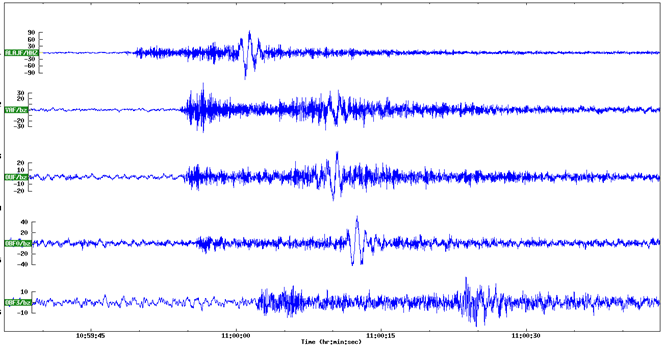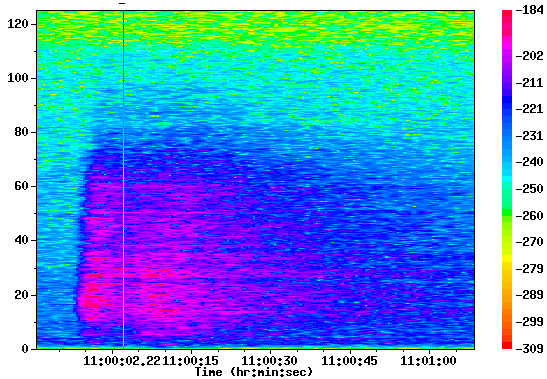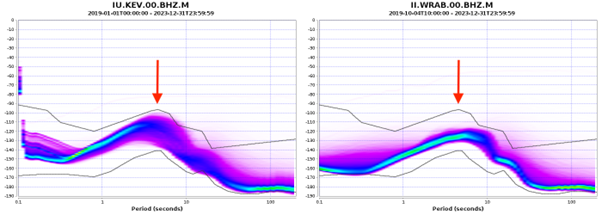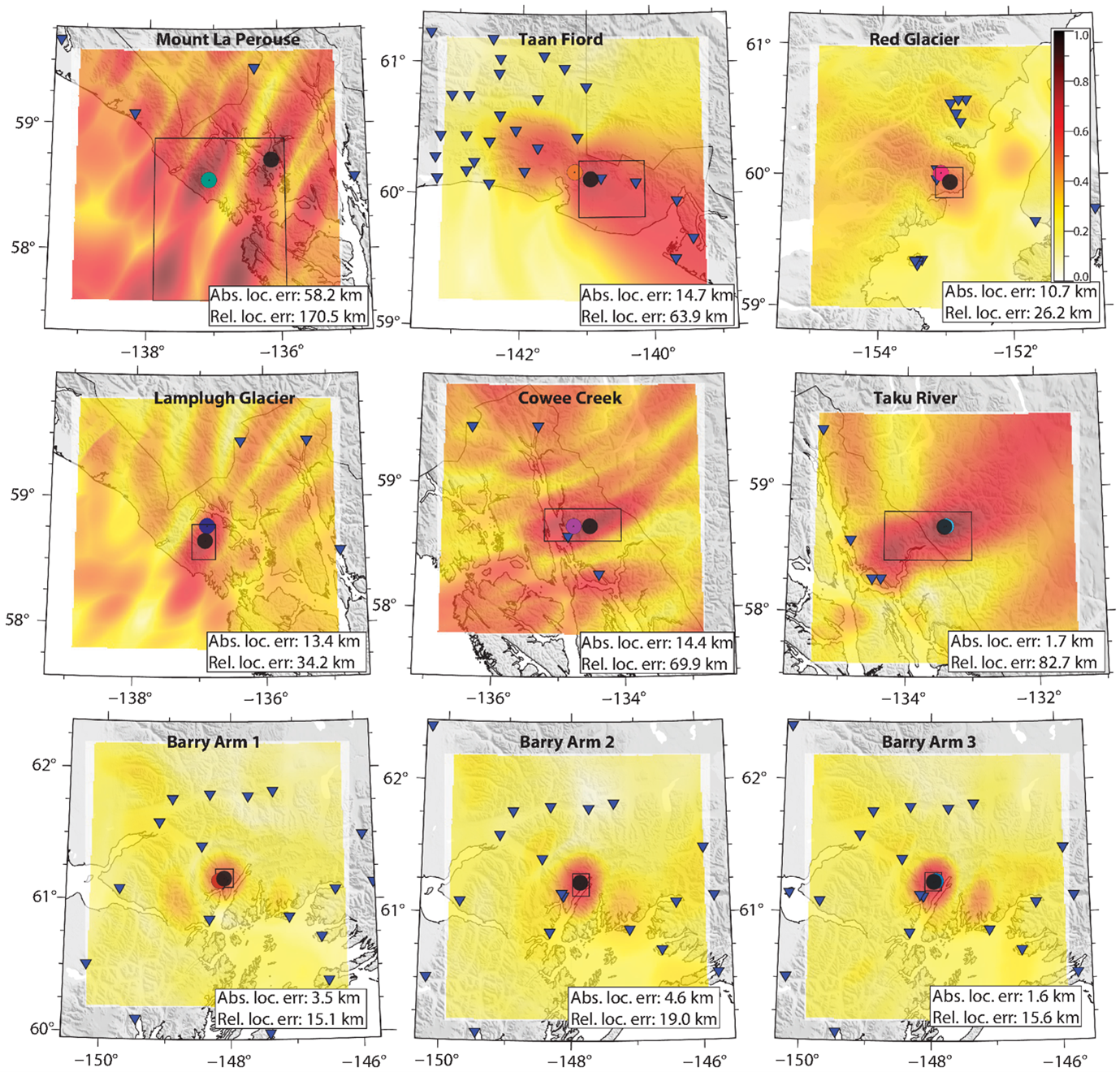The Institute of Seismology frequently receives inquiries from the media and citizens about various shaking observations.
The Institute has several channels to report or send inquiries on these observations. In addition to calling the info-phone of the Institute of Seismology, you can send an email or fill out an observation form on our website. Links and other contact information can be found on the Institute’s website. Every observation will be examined, and if necessary, we will carry out an analysis of the event. An explanation cannot always be found simply by looking seismograms, as some of the event sources are very weak and local. In these cases, only a very close seismic station can detect the signal. On the other hand, the source may be elsewhere than in bedrock, for example, an air-borne pressure wave can also cause windows to vibrate.
Based on the observation sent to us, we check the data from the nearest seismic stations for the time indicated. If the seismic event is strong enough, it may already be visible on our website “Seismic bulletins” where you can find “Local explosions and earthquakes today“. This page contains a map and a list of seismic events automatically detected and located by our software system. Because it is an automated list, i.e. a person has not checked it, the locations can be inaccurate at times, and there may even be incorrect events when the software combines signal peaks caused by frost, for example.
An analyst, i.e. a seismic data analyzer, searches for data from seismic stations at the requested observation time. Data is searched for a possible seismic event, the source of which is usually an explosion or an earthquake, but sometimes cave-in, landslide or frost quake can cause a signal. The first signal is marked as the longitudinal wave or P wave, and a slightly slower wave is marked as transverse wave or S wave. When these waves have been determined for several seismic stations, the difference in the velocity between P and S waves can be used to calculate the distance between the source and the station, and the source of the signal is likely to be found at or near the intersection of these distances. The more seismic stations are available around the source, the more precise location can be determined for the event. For example, seismic events in Finland tend to be located closer to the real source than seismic events outside Finland.
The analyst will also try to determine the seismic event mechanism as best as possible. Most seismic events observed in Finland (about 18,000 per year) are explosions at mines, quarries or construction sites. Explosions in mines and quarries are typically made as a series of multiple blasts, where bets are placed at certain distances from each other and are detonated with a slight delay. For explosions such as these, the signal is characterized by a steady distribution of energy in all directions and the typical waveforms generated by different blasting techniques (Figure 1). The explosions aim to dampen some energy frequencies and typically form a striped pattern in energy spectra (Figure 2).

Figure 1. Typical signal from an explosion observed in seismograms.

Figure 2. Typical striped energy distribution caused by an explosion. The left vertical axis denotes frequency, and the color scale describes the signal strength (i.e. the amount of energy). The image shows the OUF station’s observation of the explosion at Kaustinen.
However, with earthquakes, energy is distributed in different directions depending on the type of movement in the bedrock that caused the signal (Figure 3). In the energy spectra of the earthquake, energy has been distributed evenly across all frequencies, especially at closer seismic stations (Figure 4). A small seismic event, overlying locations, or duplication of another seismic event can make it more difficult to determine the source.

Figure 3. Earthquake happened in Kuusamo on 2 May 2024. Figure shows registrations from different seismic stations in Finland.

Figure 4. The energy distribution produced by the Kuusamo quake (from MSF station) is characteristic of the earthquake. The left vertical axis denotes frequency, and the color scale describes the signal strength (i.e. the amount of energy).
Finally, the analyst determines the magnitude of the event by measuring the amplitude of the strongest signal at different stations, from which the local magnitude is calculated to the seismic event. Once all parameters have been obtained, the result will be published on our website. Earthquakes are immediately visible through an earthquake search. In addition, earthquakes will appear within a few working days after the remaining seismic events of that day have been analysed, “Seismic bulletins” from the tab “Analyst-reviewed bulletins” of the page “daily bulletins of seismic events in Northern Europe” with explosions and other seismic events.
Kati Oinonen, seismologist


